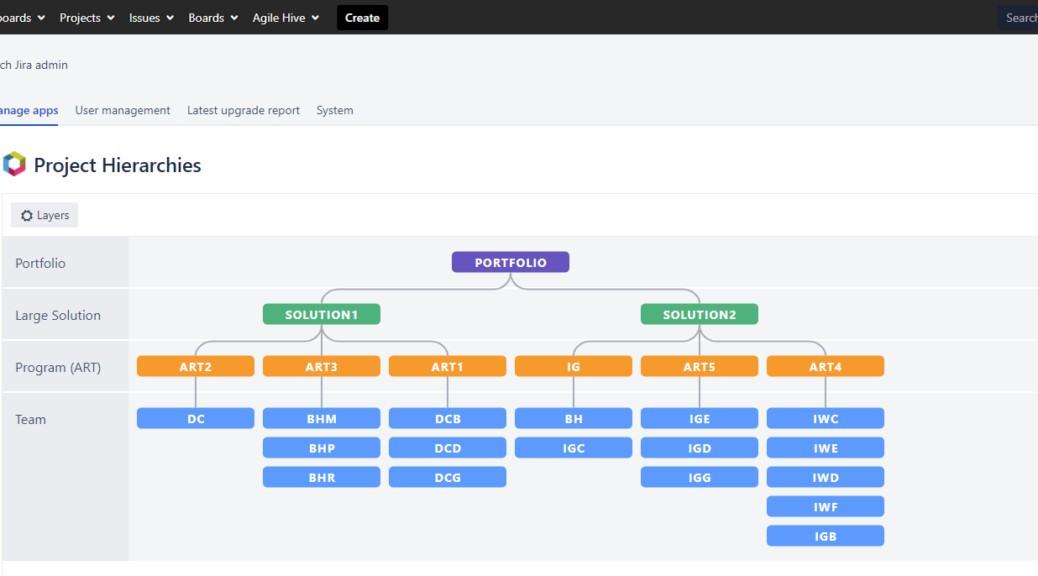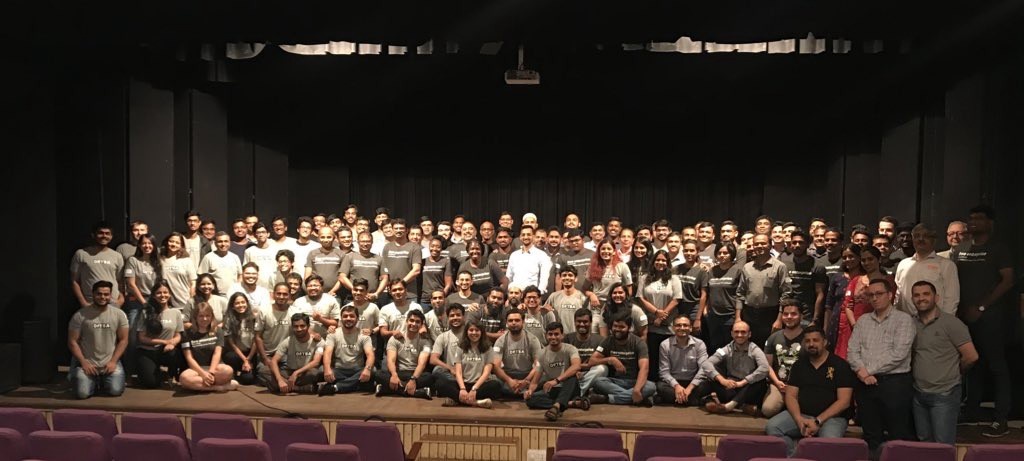The 8th annual Tools4AgileTeams conference took place in Wiesbaden this …
How to Fix Your Failed Agile Transformation


The 8th annual Tools4AgileTeams conference took place in Wiesbaden this …

No longer is it a special case for companies and their teams to find themselves in a meeting with participants who aren’t sitting (or standing) in the room with them. It’s critical for clients and stakeholders to be involved in communicating and coordinating with external partners. Teams are often distributed or they have individual team members who work remotely. Since I’m a remote employee who is a part of a local Scrum team at //SEIBERT/MEDIA, I have a lot of experience in this area which I’d like to share with you in this article.

Until three months ago, there were three development teams at …

Agile Hive – SAFe® with Atlassian Tools available as of …

Kai Rödiger, Jonas Depoix, and Mario Truß were at the ERPNext Conference 2019 in Mumbai representing //SEIBERT/MEDIA as both supporters and as users. The following article is an overview of their experience at the conference. ERPNext is an open-source ERP system, meaning that it’s also free of charge and license-free. It’s developed by the Indian software producer Frappe. //SEIBERT/MEDIA has decided to use ERPNext as a central customer database, and they’ve put an internal IT team in charge of implementing the system. For us, this is an investment in the future.

When we released Linchpin Events version 2.0 at the beginning …

Thanks to the modernization and digitalization of teamwork in enterprises, the organizational and technological obstacles to remote work are lower than ever before. As such, distributed project teams have been commonplace for quite some time now. But old habits are hard to break, and this is most apparent when it comes to meetings. Here we look at common reservations when it comes to video meetings and how to overcome them.
You are currently viewing a placeholder content from Facebook. To access the actual content, click the button below. Please note that doing so will share data with third-party providers.
More InformationYou are currently viewing a placeholder content from Instagram. To access the actual content, click the button below. Please note that doing so will share data with third-party providers.
More InformationYou are currently viewing a placeholder content from X. To access the actual content, click the button below. Please note that doing so will share data with third-party providers.
More Information